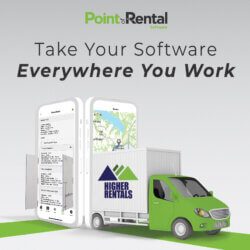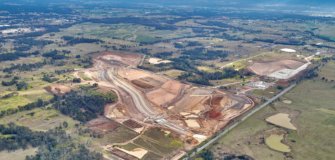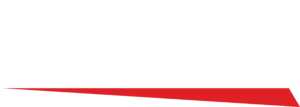Support your business with software
Hire & Rental May 11
By Brian Beaudry, Content Generator – Point of Rental Software
If you’re focused on running your hire business as efficiently as possible, you’ve likely looked at hire software to help. Because you’ll trust your hire software with every aspect of your business’s data, however, you’ll want to make sure you’re choosing the software that best fits your processes.
So how can you determine which software is right for you? TITAN Hoardings recently went through the process and here’s how they ended up with their new hire software.
Step 1: Figure out your needs
Do you deliver lots of items and therefore need dispatching capabilities? Are you simply interested in inventory tracking? Do you need an online store? Do you want built-in or integrated accounting capabilities? Do you need to be able to do asset tracking via telematics? These are some of the questions you’ll need to ask yourself and your answers will play a big role in determining what’s right for you.
Titan learned what it was looking for the hard way; it was using another hire software that was ‘completely unsuitable’ for its needs. The company realised its priorities included an easy-to-use interface, ability to track inventory across multiple depots and integrated into its accounting system.
Step 2: Talk to your friends
The hire industry is a relatively friendly one; many of us recommend others for equipment we don’t carry or sub-rent from competitors. Different parts of the industry require their software to work just a little bit differently; an event company has different priorities than a heavy equipment company, even if their underlying needs are the same. So talk to other companies in your industry you’ve worked with, met at a convention, or otherwise trust to see how they feel about their software and their software’s support team. What do they like about it? What don’t they like? Would they recommend it?
Titan used recommendations from competitors who had recently made a similar decision to help narrow its options to a handful of potential hire software providers, drastically cutting down the number of demos they needed to sit through.
Step 3: Try before you buy
Once you understand your needs and have an idea of which software teams you’d like to work with, you’re ready to start checking out software and watching demos. You’ll know which questions to ask and which features you need to see, allowing you to spend the demo time getting more detailed knowledge about the parts of the software that are important to you. Ask about implementation processes and training opportunities; even the easiest software to use requires your team to consistently enter data correctly to be as valuable as possible.
While the software was important to Titan, equally important was its new software company had local staff with a strong understanding of the hire industry, on-site training, and ongoing support.
Step 4: Get trained
Unless you’re going with the most bare-bones software possible, your software company will offer training as part of your implementation process. Because data is only valuable if it’s accurate and because your software is going to be collecting data on your inventory, contracts, and more as soon as it’s implemented, training is almost always worth the up-front cost. Your staff will be more inclined to use the software if they’re comfortable with its processes, your data will be more accurate, and your reporting will allow you to increase your efficiency and profitability faster.
“Our on-site training was thorough and our staff left the training sessions with a good understanding of the system. We didn’t even need all of the allocated training as it was so simple to use,” Christine McCormack, National Manager for Titan said.
“We also had the staff use the test system in the lead-up to implementation so they were comfortable using it when we went live.”
Step 5: Track growth (yours and your software’s)
Much like any other item you’d track in your store, you need to track your software to ensure its maintaining its value. If you’re buying top-of-the-line software at the time, but as it ages, it isn’t being improved upon, you’ll end up with out-of-date software and back in the market for software after a few years. As new technology enters the market, your hire software needs to be able to integrate those technologies so you can take advantage of them.
You’ll also need to track your own growth to ensure you’re actually getting value out of your software. Obviously, your software can’t do anything about some factors, like change the local economy or make your assets more valuable, but you should be using reports like ROI and utilisation to help you determine which assets you need more of and which are wasting space. Things like electronic signatures should be saving you on printing and filing costs. Dispatching software should be reducing the amount of gas you use, time you spend planning routes, and allow you to make more deliveries with fewer trucks. Each feature should be saving you time and/or money.
In October 2018, Titan chose to run its business with Point of Rental’s Syrinx software. According to Christie, Syrinx has “reduced processing time of all operational processes, most significantly with invoicing.
“Previously, our regular monthly invoices took multiple resources many hours and this has been reduced to minutes. This savings alone has paid for the system.”
Regardless of which software you choose, evaluating your current software’s strengths and shortcomings and preparing properly will help you make better decisions the next time you look for hire software.
Visit: www.point-of-rental.com





















